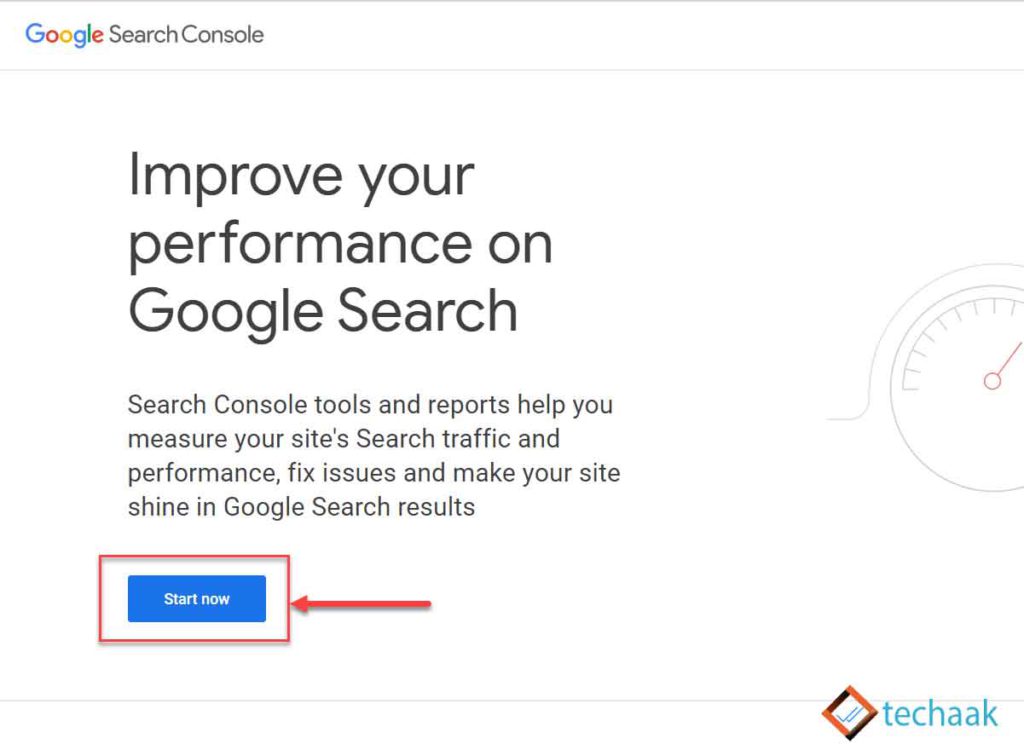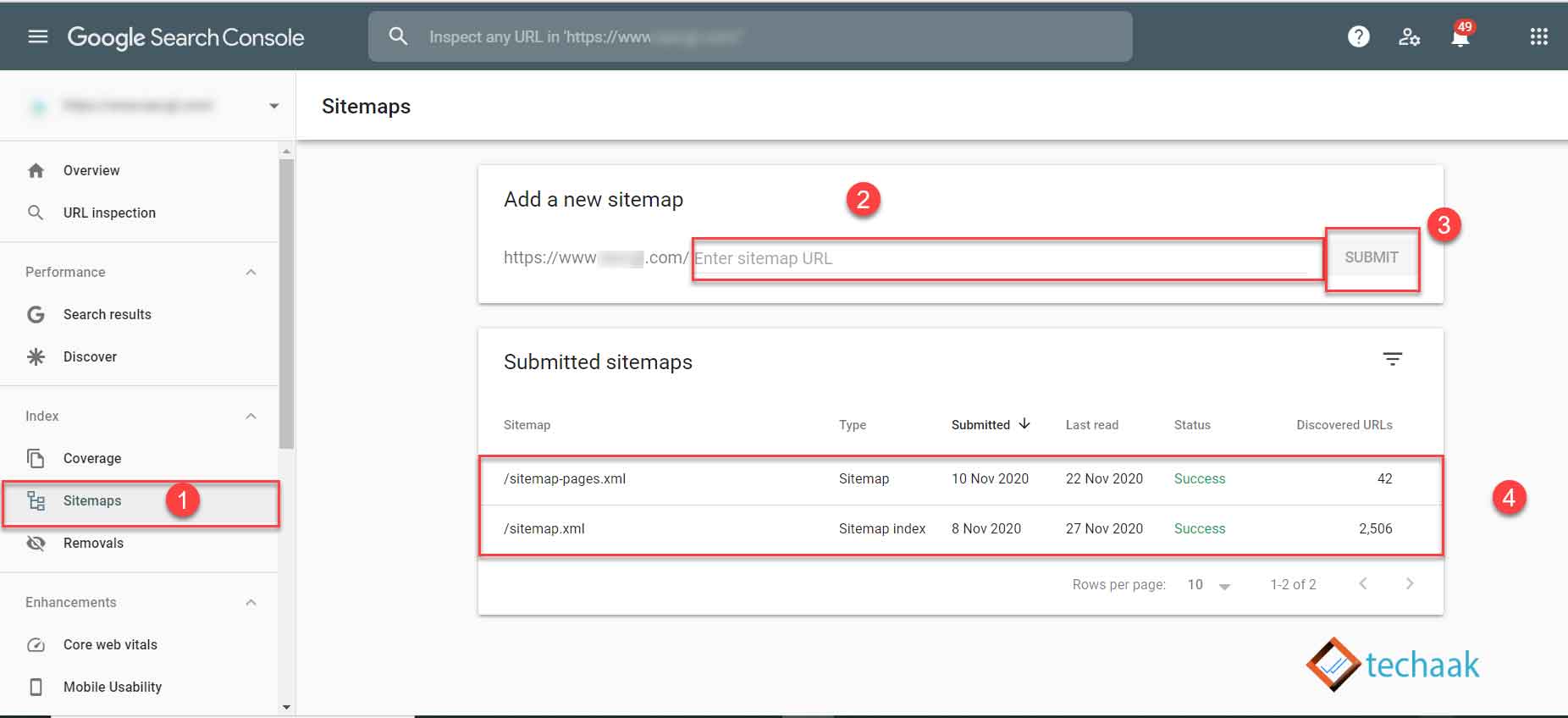There have been a lot of Blogger updates in recent years. The XML sitemap is a major recent update for Blogger from Google. And if you are still using the atom feed as a sitemap of your Blogger blog, then it’s an entirely old practice and not recommended. This article will explain creating the latest Blogger XML sitemap for blog posts and pages. And submit it to Search Engines like Google Search Console, Bing Webmaster, and others.
An XML sitemap is a list of all URLs published on your website, making it a vital tool for search engines to discover your content and understand your site’s structure.

Generate XML Sitemap of Blogger for Search Engines.
Creating an XML sitemap for your Blogger blog is a very simple process. Simply enter your blog URL and click the ‘Generate’ button. Google’s recent updates for Blogger include the XML sitemap for blog posts and pages, which can be accessed by adding ‘sitemap.xml’ and ‘sitemap-pages.xml’ to your blog URL.
You can generate an XML sitemap for your Blogger blog in 1 click. Enter the Blog URL, and click on the Generate button.
Google recently released many updates for the Blogger blog, including the XML sitemap for blog posts and pages. We can access these sitemaps by adding sitemap.xml and all pages sitemaps by adding sitemap-pages.xml.
Suppose the blog URL is example.blogspot.com; the sitemap address will be
- https://example.blogspot.com/sitemap.xml (for all Blogger blog posts).
- https://example.blogspot.com/sitemap-pages.xml (for all Blogger Pages).
You’ve to replace https://example.blogspot.com with your blog address. For a custom domain Blogger blog, the sitemaps will be.
- https://www.example.com/sitemap.xml (for all Blogger blog posts).
- https://www.example.com/sitemap-pages.xml (for all Blogger Pages).
Here, you’ve to replace www.example.com with your domain name. These sitemaps will update whenever you publish something on your blog. That means you don’t need to update these sitemaps again and again.
Submitting the website’s sitemap to the search console to improve search results and analyze the SEO is essential. With the help of webmaster tools, you can keep an eye on ranking keywords and improve their rank.
Submit Blogger XML sitemap to Google Search Console.
The search engines fetch all URLs listed from the sitemap, crawl, and check whether the content is helpful for indexation. The sitemaps are more critical when there is weak internal linking of blog posts. It helps the search engine find the deep content and index for search results.
To increase the organic traffic of the Blogger blog, submit the XML sitemap file to Google Search Console. For this, you’ve to sign up for Google Search Console. Then, go to Google Search Console and click on Start Now, as shown below.

Now, this page redirects to Google Search Console, and you must verify your Blogger blog as a URL prefix. Go with the HTML tag method to confirm your website. You’ve to modify the Blogger template to add the HTML tag. And then click verify. After site verification, go to the sitemap option in the left-hand side menu below.
You may consider domain verification if you have a custom domain using multiple subdomains.

- Click on sitemaps
- and enter sitemaps for posts and pages.
- sitemap.xml
- sitemap-pages.xml
- Submit the above two sitemaps one by one.
- After the successful submission of the sitemap, a success message will appear. (If it results in an error, please refresh the page.)
Now all processes are done, it might show the number of posts or pages on the website or show processing data.
After Google Search Console, another second-largest webmaster tool from Microsoft is Bing. Learn what the Bing Webmaster tool is and submit a sitemap to it.
Submit sitemap to other search engines using robots.txt.
Whenever a search engine crawls your blog, first, it will interact with the robots.txt file of the website. This file contains rules for the search engine and the sitemap’s path. This XML sitemap helps these search engines navigate all the website’s content. Let’s generate a robots.txt file for the Blogspot that includes these sitemaps.
Enter the Homepage URL of your blog with HTTP or HTTPS://; don’t enter m=1.
Add the above robots.txt file to the root of the Blogger blog. Follow this guide to edit the robots.txt file for the Blogger blog.
Final Words
This article discussed getting the latest XML sitemap for Blogger and submitting that sitemap to the Google Search Console and a robots.txt file that includes the posts’ and pages’ site map.
I hope you liked this article on generating and submitting a Blogger XML sitemap to the Google Search Console. In case of any doubt, feel free to ask in the comment section below.
Thank you so much ❤️
Whenever I face any problem on my blog I just search Seo neurons in Google and I get exactly accurate info which does have any negative impact on SEO . Thank you so so much for creating this website .
great work thank you
Great work thank you
Thank you very much
https://usatodaytribune.blogspot.com
these days xml sitemap has become really important due to google indexing issues.
Thank You So Much Sir
Thank but when can using atom.xml sitemap on google can be good than sitemap.xml?
thank you very much.. i had tried many times for bing, but finally i did it thanks to you..
very helpfull article
Thank you so much. Yours was the only post I found with relevent and workable steps.
Is it possible to create XML sitmap only for one category in huge website?
My sitemap shows 0 discovered URLs, what should I do?
is the sitemap wil automatically be added to the default robots.txt file,
In WordPress, Plugins like Yoast may create robots.txt file for you. In Blogger, you have to add it manually for pages and posts.
How?
thank you
my sitemaps are not being added to search console. please someone help!
why you disallow /search in robots.txt?
should you have separate sitemaps for example.blogspot.com, http://example.com and https://example.com or should you remove and only have sitemaps for https:// ? Also does it matter if www. is included in sitemap? Thanks
Thank you very much Seoneurons
Thank you so much!